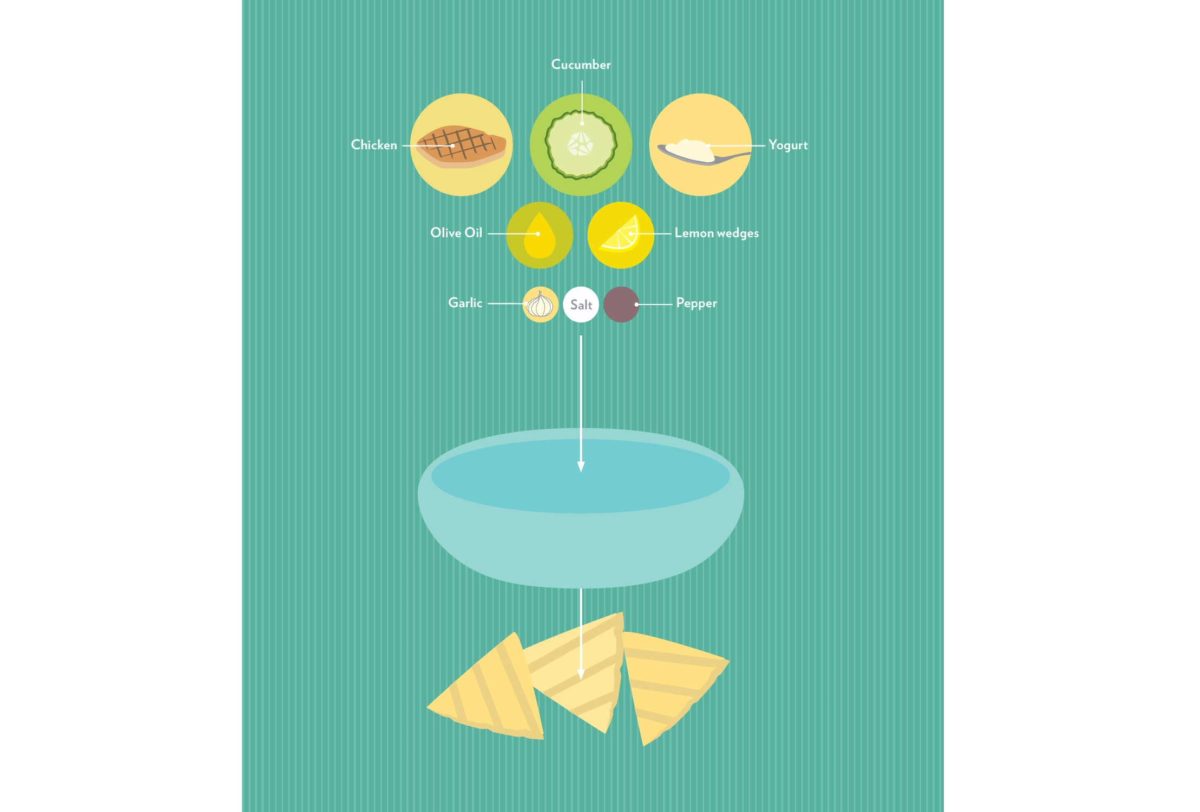Making the Most of Your College Meal Plan.
So you are a freshman in college, looking for dining hall hacks. You are running out of the cookies and peanut butter pretzels your parents sent you in their last care package. You have no time or money to shop for groceries. The takeout Chinese food you always get is starting to give you a numbing sensation in your right arm. It’s no wonder people think you can’t eat well in college.
Enter the college meal plan: the oft-mandatory system (at the very least, for freshmen) that requires students to eat at the dining halls. Herein lies the key to eating extremely well in college. Instead of relying on takeout and care packages, you need to start taking advantage of the resources available at these often overlooked eating establishments. If you’re looking to avoid the grim situation above, with a little creativity you can transform the day-to-day ingredients in your dining hall into varied meals you’ll actually be excited to eat.
Your average college dining hall will have three elements. The first is equipment. At their core, most will have a microwave and a toaster. If they are a little fancier they might have some combination of a panini press, waffle maker, sauté bar, and blender. The second is prepared foods – pastas, meats, stir-fries, and everything in-between. The third and most important element of the dining hall is the a la carte ingredients. These are the salad bar items, the condiments, the herbs and spices, grains, fruits — in essence, the basic tools that you have to turn your meals into veritable feasts.
If you’re unsure of where to start, check out these tips:
• Eggs are a blank canvas, and you can and should eat them at any time of the day. Throw anything savory you can find in the condiments area over them — pesto, salsa, cheese, soy sauce, herbs — add a piece of toast, and you’ve got yourself a complete meal that is not boring.
• Dessert is a Pandora’s Box for creativity in the best way. I will admit that I had the most fun with the dessert recipes in my cookbook because you can combine most sweet things with other sweet things and the result will most likely be a really tasty dessert. Cookies and ice cream! Yogurt and honey! Chocolate sauce and bananas! Ice cream and ice cream! Brownies and whipped cream!
• Take flavor profiles you tend to like and try them in new applications. If you like peanut butter and jelly sandwiches, try putting peanut butter and jelly on ice cream. If you dig caprese salads, throw tomatoes and mozzarella on top of your burger.
• Test out unlikely combinations. You tried strawberries and balsamic vinegar, honey and cheese, and even olive oil and ice cream at that fancy restaurant your parents took you to last weekend. Why not try them at a dining hall, where all of these ingredients are available?
• Salads don’t have to be awful. Toast a piece of bread, add salt, olive oil and herbs, and break it up into your salad. This soaks up the dressing way better than real croutons. Speaking of dressing, don’t use the bottled ones — make your own; it’s easy! And don’t forget about the sandwich sauces (e.g., pesto, spicy mustard, and the like), which make for excellent dressing bases. And to make sure your salad gets thoroughly coated in dressing, put another bowl on top and shake ‘til you can’t shake anymore. Boom. Salad eating just got so much more pleasant.
• Healthy ingredients are lurking everywhere. If you’re trying to avoid the Freshman 15, best to know where the healthy stuff is hanging out in the dining hall. For wholesome snacking, try nuts, dried fruit, yogurt, and peanut butter plus bananas (or apples). Fun fact: yogurt pretzels contain no yogurt.
• Make prepared foods taste even better. Most prepared foods in dining halls are purposefully a little under-seasoned to accommodate for students’ varying taste preferences, but this is an easy fix. Take the lasagna and sprinkle some herbs and olive oil on top. Crumble bacon on top of your mac and cheese. Spritz some lemon over the fish special.
• At the end of the day, you can always melt cheese on something, and it will probably taste good. This mostly applies to non-dessert items (though I stand by that chocolate and cheese is a fantastic combination), but seriously: when I can’t come up with a way to make something taste less bland, I turn to cheese. Rice? Eggs? Sandwich? Chips? Pasta? All made better simply by adding cheese. Nothing wrong with getting back to the basics.
• Hot food lines are long, so why not make your own hot food? Put veggies in a bowl, add some water so that they will steam in the microwave, throw your carb of choice on top + sauce (or just olive oil, salt and pepper). Microwave for 3 minutes, mixing halfway through. If it still tastes bland, you can always add cheese (see above).
• Eating in college should be as exciting as college itself.
That’s the basic premise of the recipes in my cookbook, Ultimate Dining Hall Hacks. So take the number of your Chinese takeout place off speed dial, and spend that extra money on something nice, like dry cleaning – you deserve it, and your parents probably won’t be too unhappy either. ![]()
